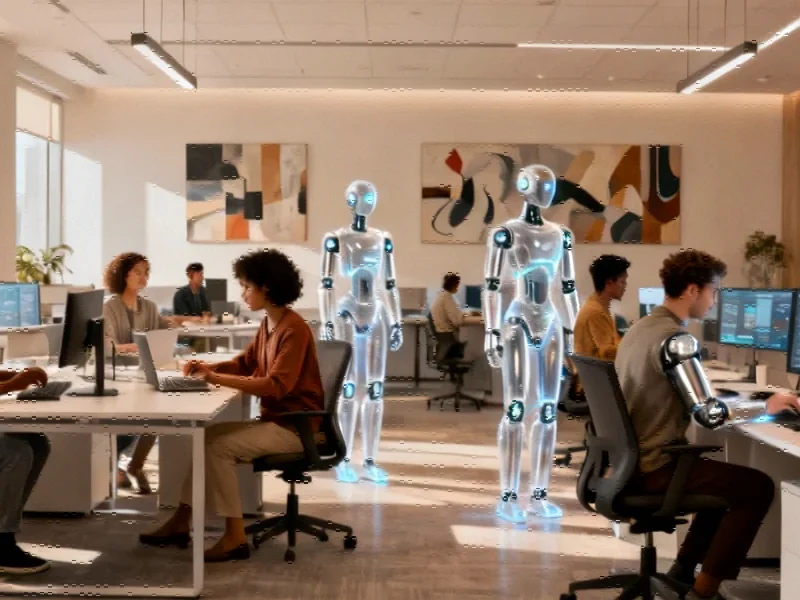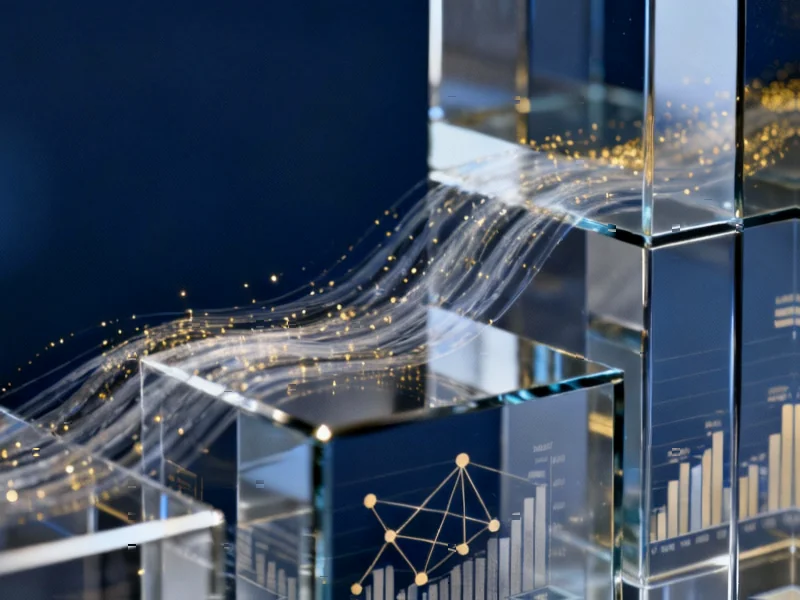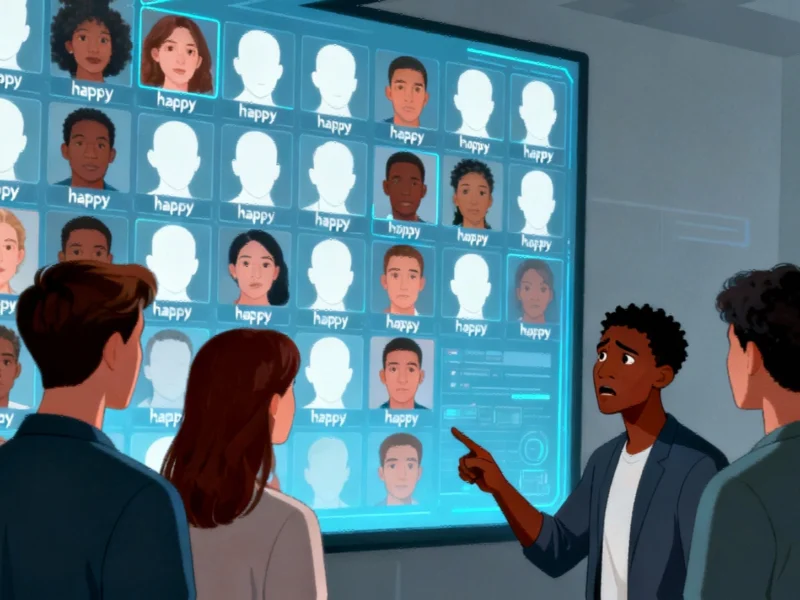The Dawn of Digital Co-workers
Nvidia CEO Jensen Huang’s recent declaration about the future workforce being a blend of biological and digital employees represents more than just technological speculation—it signals a fundamental restructuring of how enterprises will operate. During his conversation with Citadel Securities, Huang outlined a vision where AI agents undergo formal hiring processes and cultural orientation, much like their human counterparts. This perspective from one of AI’s foremost architects suggests we’re approaching a tipping point in workforce evolution that will redefine corporate structures globally.
Licensing vs. Hiring Digital Talent
Huang’s distinction between licensing and hiring AI workers reveals nuanced thinking about how organizations will acquire digital labor. “I wouldn’t be surprised if you license some and you hire some,” he noted, indicating that companies will make strategic decisions based on the specialized capabilities required. This approach mirrors current industry developments in human resource management, where organizations balance permanent hires with contracted specialists. The potential market for these AI workers—spanning healthcare, legal, accounting, and marketing fields—could reach trillions of dollars according to Huang’s estimates.
The Multi-Platform Digital Workforce
Unlike uniform robotic replacements, Huang envisions a diverse ecosystem of AI workers built on various platforms including OpenAI, Harvey, OpenEvidence, and others. This diversity suggests that future enterprises will manage a heterogeneous digital workforce with different capabilities and specializations. Meanwhile, companies like Nvidia are developing proprietary AI agents to protect sensitive information, with Huang revealing that his company already employs more cybersecurity AI agents than human security professionals—a telling indicator of how rapidly this transition is occurring.
The Critical Role of IT in Digital HR
Perhaps Huang’s most provocative insight concerns the transformed role of corporate IT departments. “I tell my CIO, our company’s IT department they’re going to be the HR department of agentic AI in the future,” he stated. This reimagining of IT’s function suggests that technical teams will need to develop entirely new skill sets focused on managing digital personalities and capabilities. The implications for organizational structure are profound, as traditional HR and IT functions converge around the challenge of integrating non-human intelligence.
This transformation highlights the growing communication chasm that can develop when technological advancement outpaces organizational adaptation. Successfully bridging this gap will require deliberate effort from leadership across all sectors.
Industry Leaders Echo the Vision
Huang isn’t alone in his predictions. At this year’s World Economic Forum in Davos, Salesforce’s Marc Benioff declared that current CEOs represent “the last cohort of executives to lead all-human workforces.” This consensus among technology leaders suggests we’re witnessing a coordinated shift in how global business approaches labor. Anthropic CEO Dario Amodei added specificity to the timeline, suggesting that by 2026 or 2027, AI systems will surpass human capabilities across most domains.
The rapid adoption of these technologies is reflected in recent technology deployment patterns, with KPMG reporting that AI agent implementation has tripled since late last year. Their survey further found that 82% of business leaders expect AI agents to become valuable contributors within the next year, indicating widespread anticipation of this workforce transformation.
The Human Impact and Adaptation Challenge
Despite the excitement around AI capabilities, significant concerns about human displacement persist. Evidence suggests recent college graduates are already facing tougher job markets as companies increasingly rely on AI. Amodei’s warning that AI could eliminate roughly 50% of entry-level white-collar jobs underscores the urgent need for workforce transition planning.
KPMG’s research indicates that 87% of business leaders recognize that AI agents will force organizations to redefine performance metrics and upskill employees in vulnerable roles. As Todd Lohr, head of ecosystems at KPMG, noted: “This isn’t just about technology adoption. It’s about fundamental business transformation that requires reimagining how work gets done and how it is measured.”
This transition period requires careful C-suite alignment to ensure that technological advancement doesn’t outpace an organization’s ability to adapt its human capital strategy. The challenge extends beyond mere implementation to encompass ethical considerations and sustainable workforce planning.
Infrastructure and Implementation Considerations
The shift toward hybrid human-digital workforces will demand robust technological foundations. Recent incidents like the AWS outage highlight the vulnerabilities in our current digital infrastructure that could be magnified as organizations grow more dependent on AI workers. Similarly, advancements in connectivity, such as those demonstrated by SpaceX’s Starlink constellation, will play crucial roles in enabling the distributed digital workforce Huang envisions.
As with any significant organizational change, the integration of digital workers raises questions about fairness and representation. Recent related innovations in hiring practices remind us that human resources management continues to evolve alongside technological capabilities.
Preparing for the Inevitable Transition
The consensus among technology leaders is clear: the hybrid human-digital workforce is coming sooner than many anticipate. Organizations that proactively develop strategies for onboarding, managing, and collaborating with AI workers will likely gain significant competitive advantages. The transition requires not just technological preparation but cultural and structural adaptation—a comprehensive rethinking of what it means to be an employee and how we measure productivity in an increasingly automated world.
As these market trends continue to develop, businesses must balance innovation with inclusion, ensuring that the workforce of the future leverages the strengths of both human and digital capabilities to create more effective, adaptive, and resilient organizations.
This article aggregates information from publicly available sources. All trademarks and copyrights belong to their respective owners.
Note: Featured image is for illustrative purposes only and does not represent any specific product, service, or entity mentioned in this article.



